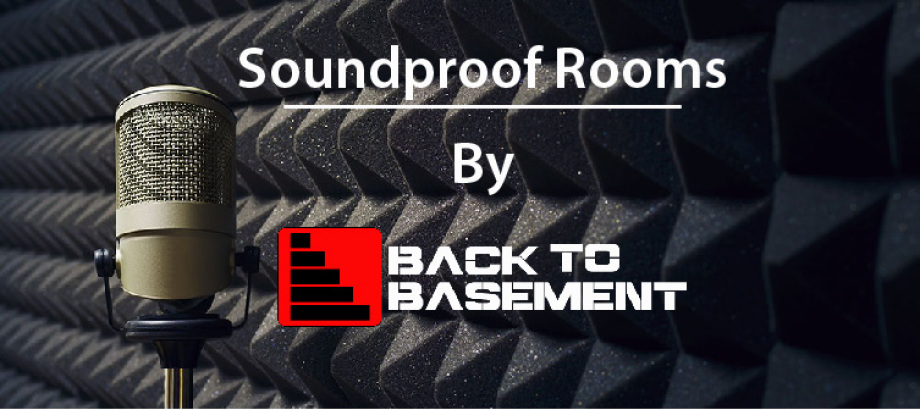What Soundproofing Is (and Isn't)
Most people confuse soundproofing a room with another aspect of studio recording, mainly because the term for this other aspect is far more obscure, even though we see it all around us all of the time. This term is 'acoustic treatment,' and there's a critical difference between treating your acoustic environment and soundproofing your room. Let's understand that difference real quick.
SOUNDPROOFING
Soundproofing is the act of drastically reducing or entirely blocking out noises coming from outside of your room.
The key difference to note here is that stopping unwanted sounds from outside of your room from sneaking in is what the term 'soundproof' designates. It also keeps sounds created inside the room from escaping and driving your neighbors crazy or from being picked up in the vocal booth in the studio room next door.
ACOUSTIC TREATMENT
Acoustic Treatment is a set of wall and ceiling panels that absorb and diffuse noises bouncing around that are generated inside of your room.
The term 'acoustic treatment' refers to the insulation batting inside the walls and the rigid fiberglass panels hung about the room that helps absorb excess sound reflections in the room. If you clap your hands loudly in an empty room you'll hear a spring reverb if the room is small and if it's larger you'll hear a delayed echo.
Acoustic treatment stops the sound from bouncing around by absorbing it and turning the vibrations into heat, so you only record the first instance of it traveling towards the microphone. Other types will diffuse the sound and reduce their energy (and therefore volume). This is also a crucial part of achieving a perfect-quality but natural-sounding recording.
We've already covered the topic of how to use acoustic treatment at length. If that's what you're looking for, there you go! But stick around and apply some of the following tips while you're at it because you can't hit the studio quality level with only one or the other. You'll need both.
Why Do We Create Soundproof Rooms?
Naturally, we all wonder what uses there are for soundproof environments. As you likely suspect, it's not just for recording, but also playback and privacy. The goal is two-fold:
- Keep outside sounds out of your recordings and ears
- Keep inside noises in and out of your neighbor's ears
You can see one of our Soundproofing projects as it was featured on the soundproofingstore.co.uk


